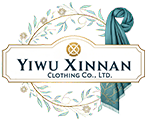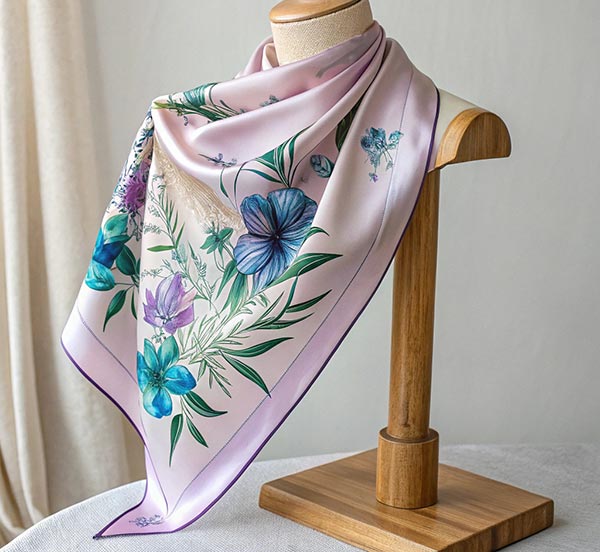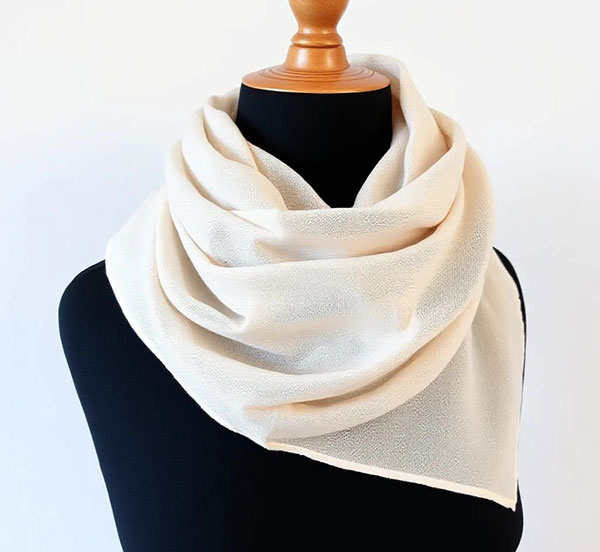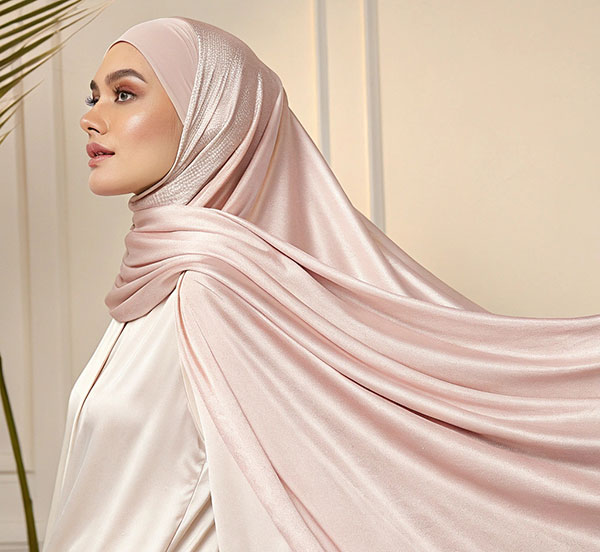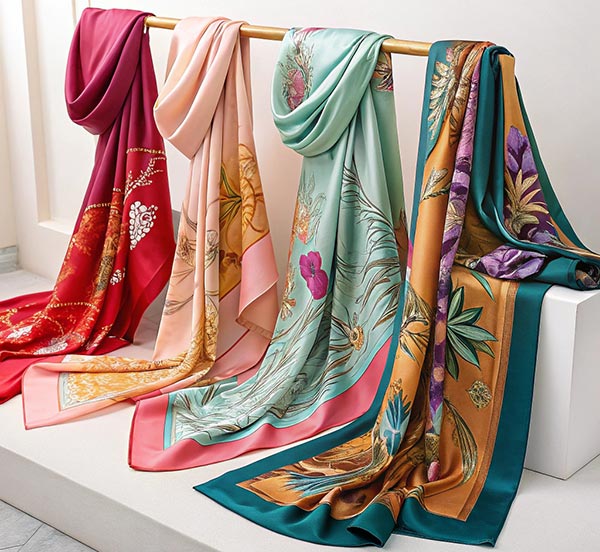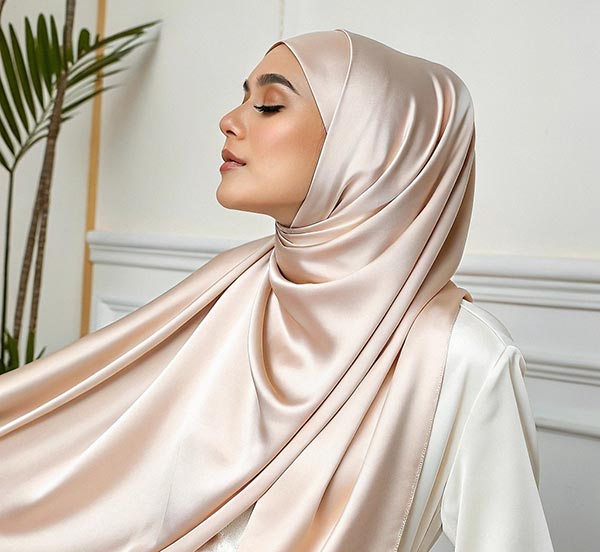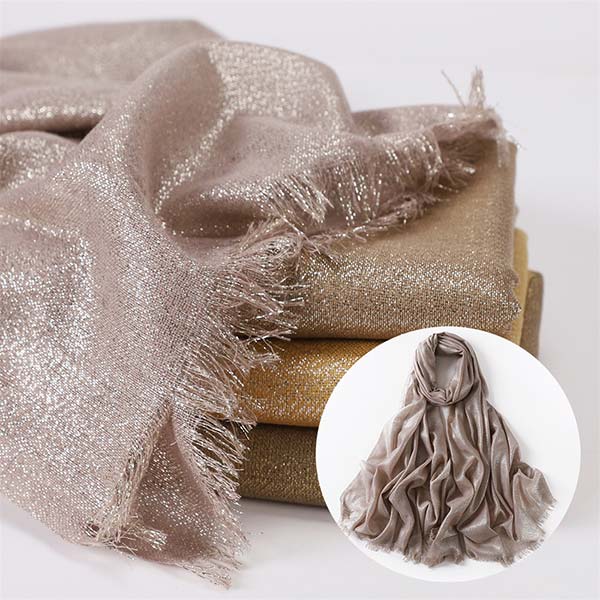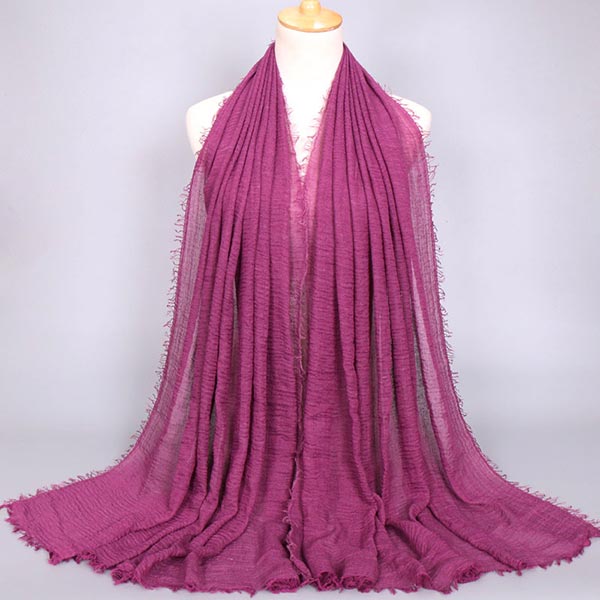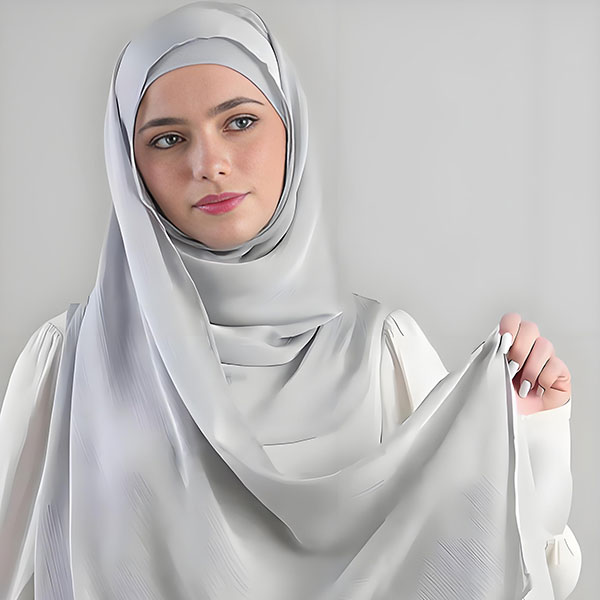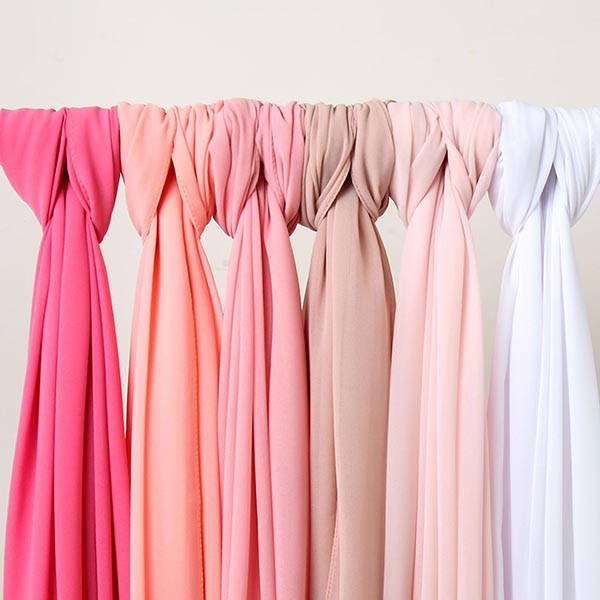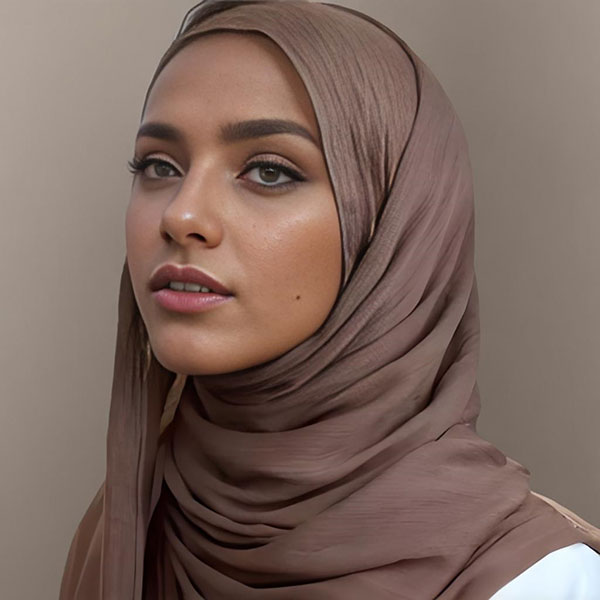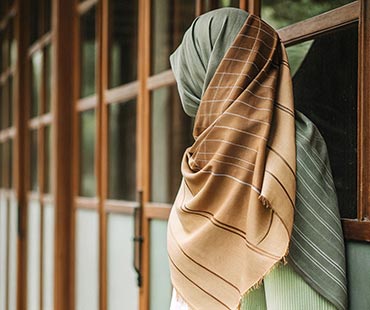In the field of hair care, silk and satin are always hot topics. As we delve deeper into the two materials, from their origins and manufacturing processes to their effects on hair health and styling, we will find that it is not a simple decision. Each fabric has its own unique functions and involves many factors. Next, let’s explore which fabric is the real best choice for hair care.
1. The origin and manufacturing process of silk and satin
Silk originated in ancient China. Initially, due to the complicated production process, it was only used by the royal family and nobles. It mainly comes from silk cocoons, which are carefully collected and processed, and fine and continuous filaments are extracted from the cocoons, and then these filaments are spun into smooth and shiny fabrics. The entire production process requires a lot of manpower and delicate processes, which makes silk expensive and high-quality. It has deep attainments in the field of silk production. The company inherits the ancient craftsmanship and combines modern technology to inject new vitality into the fabric. In silk manufacturing, the cocoons are strictly screened and exquisite craftsmanship is used to retain the characteristics of silk to the greatest extent.
Satin is not a single fabric, but a weaving process that can be applied to a variety of materials, such as silk, polyester, cotton, and rayon. Satin fabric is smooth and bright on one side and slightly dull on the other. It has a unique texture due to the special arrangement of warp and weft yarns, with the warp yarn floating on several weft yarns to form a smooth surface. Satin fabric can be made from both natural and synthetic materials. Compared with silk, it has more options and is more affordable.
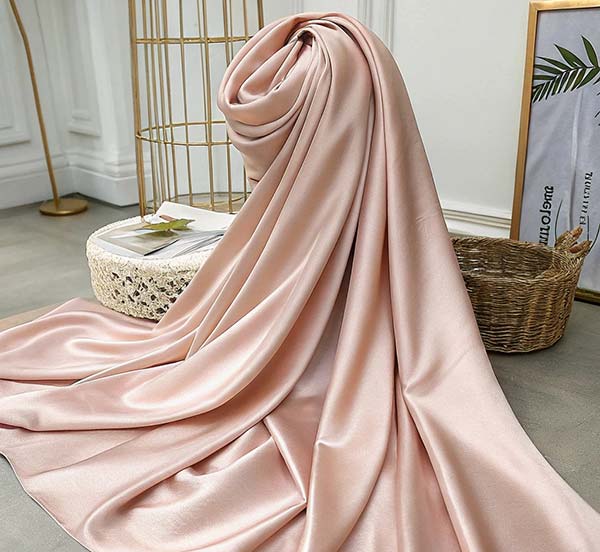
2. The impact of hair and fabric on it
To determine which fabric is better for hair, first understand the structure and needs of hair. Hair is composed of keratin, which forms the outer layer of scales, the middle layer of cortex, and the inner layer of medulla. The scales are like a layered shield that protects the inner layer of hair and maintains moisture balance. Once the scales are damaged and frizzy, the hair is prone to dryness, roughness, and breakage.
The fabrics used in daily hair care have an important impact on the health and appearance of hair. Rough, highly absorbent materials easily rub against the hair, taking away the hair’s natural oils, causing hair damage and breakage. On the contrary, smooth, non-absorbent fabrics can reduce friction, lock in moisture, and help hair resist external aggression.
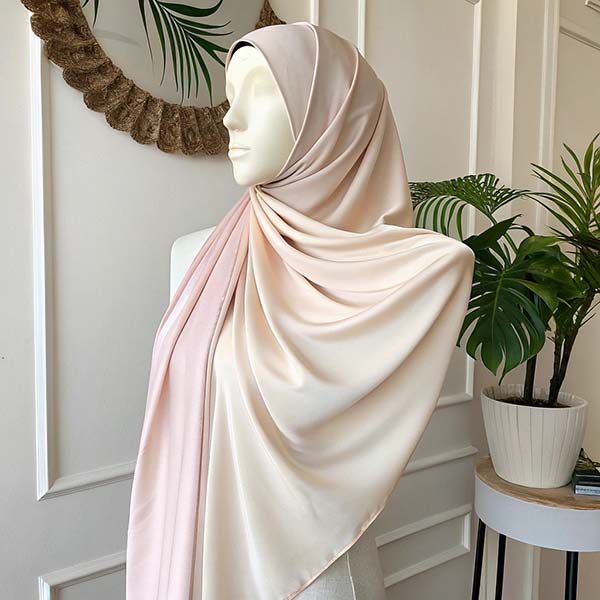
3. About silk
Simply put, silk is a luxurious fabric made from silkworms. It is a natural animal fiber, and there are different types of silk fabrics to choose from, depending on the manufacturing process. Silk has long been highly valued and has many benefits in hair care. Smooth and soft, it is a good helper to reduce friction, and can effectively prevent hair tangles, split ends, and breakage. The natural protein structure of silk has a unique advantage that can absorb and retain moisture, keeping hair moisturized and healthy. In addition, silk is hypoallergenic and dust mite-resistant, which is a boon for people with sensitive scalp and allergies.
A key advantage of silk is that it can evenly distribute the natural oils secreted by the scalp to the hair. This can nourish the hair from the roots to the ends, alleviating the problem of dry and brittle ends. Silk has a low water absorption rate and will not absorb too much hair oil, avoiding greasy hair. It is just right for people with oily or mixed hair.

4. About satin
Satin has a smooth and shiny surface, which is also helpful for hair care. Like silk, it can significantly reduce friction between hair, reducing the risk of knots and breakage. Satin is a fabric formed by a unique weaving process, with a smooth and shiny surface. Satin fabrics are mostly synthetic materials, cost-effective and easy to care for. Good durability and strong wrinkle resistance, it is very practical as a daily hair care fabric.
In terms of moisturizing, satin also performs well, helping hair lock moisture and keep it healthy. Although it does not have the natural protein structure of silk, the smooth texture of satin can still protect the hair scales and reduce the chance of damage. In addition, satin has a rich variety of colors, patterns and textures, providing a wide range of space for hair design and accessories.
However, satin also has some disadvantages. Some synthetic satins have poor air permeability, and the scalp is prone to stuffiness and sweating when used. Satin is slippery and difficult to grasp, which is a little difficult to operate when styling hair. In addition, the quality is uneven, and inferior satin is easy to get snagged and torn.
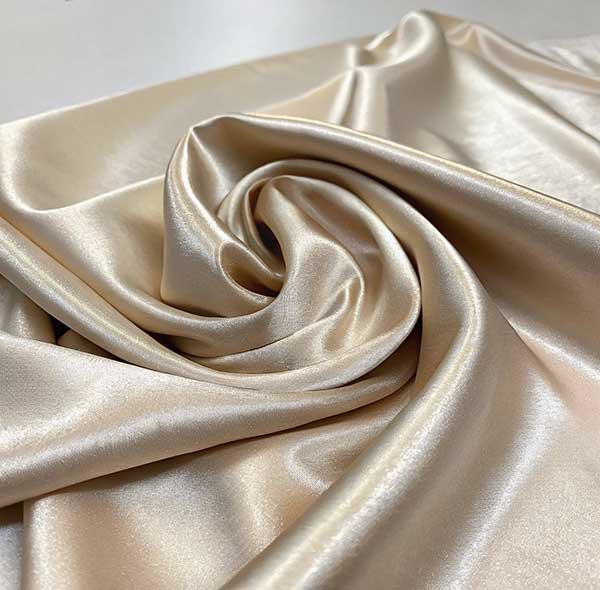
5. Comparison of the benefits of silk and satin for hair
When comparing the benefits of silk and satin for hair, personal hair quality, needs and preferences cannot be ignored.
Moisturizing ability: Silk has a stronger ability to absorb and lock in moisture due to its natural protein structure, which can keep hair moisturized for a long time. Although satin also has a moisturizing effect, it is slightly inferior.
Reducing friction: Both can reduce friction and prevent hair problems, but silk’s smooth texture makes it slightly better than satin in reducing friction.
Anti-allergenic properties: Silk is hypoallergenic and dust mite-resistant, providing a protective barrier for people with sensitive scalps. If satin is made of synthetic materials, its anti-allergenic ability is relatively weak.
Cost: Satin is affordable, especially synthetic satin, which is attractive to people with limited budgets. Silk is expensive and prohibitive.
Care and maintenance: Silk washing and drying requires special care to prevent damage. Satin is relatively durable and can be machine washed and dried frequently, which is more convenient for daily use.
Style and variety: Satin comes in a variety of colors, patterns and textures, and is more flexible in styling and accessories. Silk is classic and elegant, and it suits specific aesthetic needs.
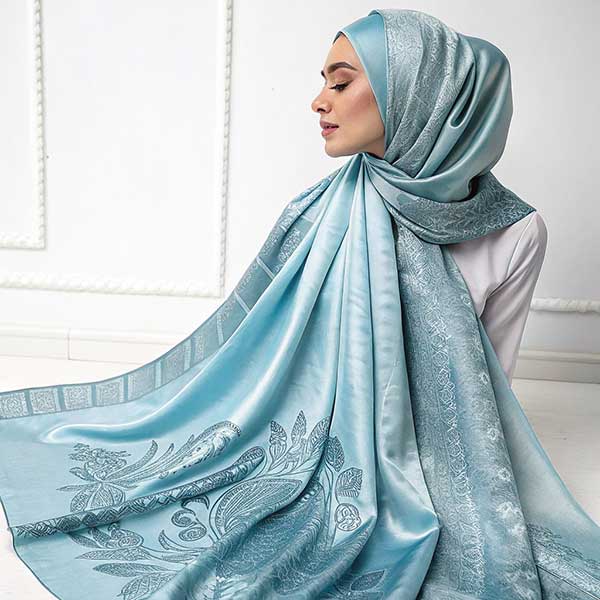
6. Make the right choice for your hair
In general, whether to choose silk or satin for hair care depends on personal needs and preferences. If you mainly use natural materials, pursue excellent moisturizing and anti-allergic effects, and have sufficient budget, silk is undoubtedly the best choice. It can take care of hair in many ways and help keep hair in the best condition.
Of course, if the budget is limited or you prefer convenient and versatile fabrics, satin will be a good choice. Although it is not as good as silk in some characteristics, it can also meet the basic needs of daily hair care with its advantages of affordable price, diverse choices, and easy care.
It is also important to consider the characteristics of hair quality. Dry and fragile hair is in urgent need of strong moisturizing, and silk’s moisturizing expertise is just the right remedy. For oily and mixed hair, in order to avoid greasiness, it is more appropriate to choose satin with low water absorption.
In addition, choosing the right fabric is only the first step. You also need to use the right hair care methods and high-quality hair care products every day. For example, clean your hair regularly with a mild shampoo and conditioner, keep your hair moisturized with a leave-in conditioner and hair oil, and try to avoid damage to your hair from heat styling tools.
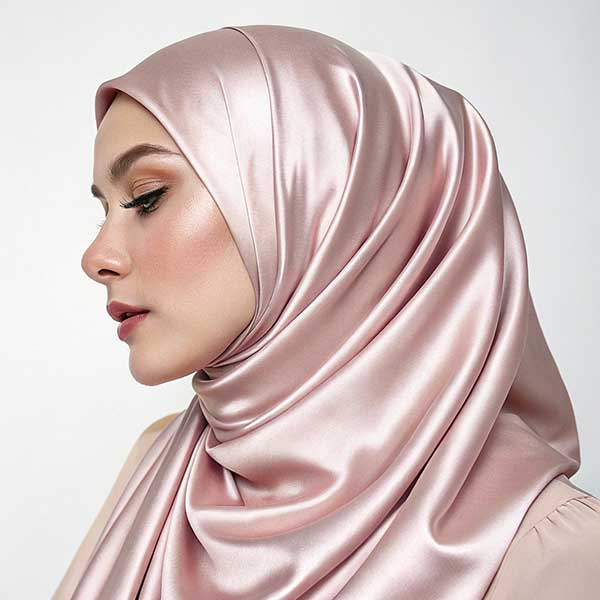
7. Conclusion
Taking many factors into consideration, silk is more suitable for hair. Its natural protein structure gives it excellent moisturizing ability, which can deeply nourish the hair and keep it moisturized and shiny at all times. In terms of reducing friction, the smooth texture of silk is unparalleled, which can minimize the risk of hair damage and prevent knots, split ends and breakage. For people with sensitive scalps, silk’s hypoallergenic and anti-dust mite properties give them peace of mind.
Although silk has disadvantages such as high price and strict care requirements, its hair care advantages are significantly greater than its disadvantages. In contrast, although satin has highlights such as affordable price and diverse styles, it still has a gap with silk in core hair care performance. So, if you are pursuing the ultimate hair care effect, silk is undoubtedly the first choice fabric, which can open the door to healthy and beautiful hair for you.
